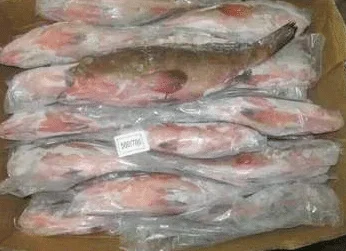Frozen food import customs clearance process
Qingdao Chengye Logistics, with more than 20 years of profound accumulation in the field of international logistics, has accumulated rich practical experience and professional knowledge in frozen food logistics services We have set up a special food customs clearance department for various types of products to provide customers with personalized whole-process logistics solutions and implement strict risk control measures. Through rigorous quality management system, we ensure the safety and efficiency of every frozen food transportation. Meanwhile, we also provide one-stop services, including import and export customs clearance, warehousing, international re-export trade, transportation, packaging, crating, and reinforcement, in order to meet customers' all-round logistics needs. Ensure smooth customs clearance of frozen food

The formalities required for customs clearance of imported frozen food mainly include the following:
1.
Import and export operation right: it is necessary to have import and export operation right, which is a prerequisite for import business3.
2.
Consignee and consignor filing: consignee and consignor need to be filed in the Customs and obtain the filing number4.
3.
Relevant licenses: different licenses may be required according to the type of imported frozen food such as Animal and Plant Quarantine License, Imported Food Hygiene License, etc.1.
4.
Product Access Procedures: For frozen meat products, it is necessary to confirm that the country where the products are to be imported has completed the “Access Procedures for Meat Products for Importation into China” and the products are within the “Meat Products Access List”.4.
5.
Customs Declaration Documents: Including packing lists, invoices, contracts, bills of lading, certificates of origin, health certificates, etc.4. 6.
6.
Inspection and quarantine: Imported frozen food products need to be inspected and quarantined to ensure that the food products meet the health requirements. This includes sampling and testing and examination of health certificates16.
7.
Payment of taxes and fees: depending on the type and value of the imported frozen food, taxes and fees such as customs duties and value-added tax need to be paid accordingly1.
8.
Pickup and storage: after completing all the above procedures, the goods can be picked up and put into storage, and be ready to proceed to the next step of sale or storage1.
These are the basic formalities for customs clearance of imported frozen food. It should be noted that these formalities may vary according to the specific regulations of different countries and regions, so in practice, it is recommended to consult a professional customs broker or the local customs department for detailed procedures and regulations.








